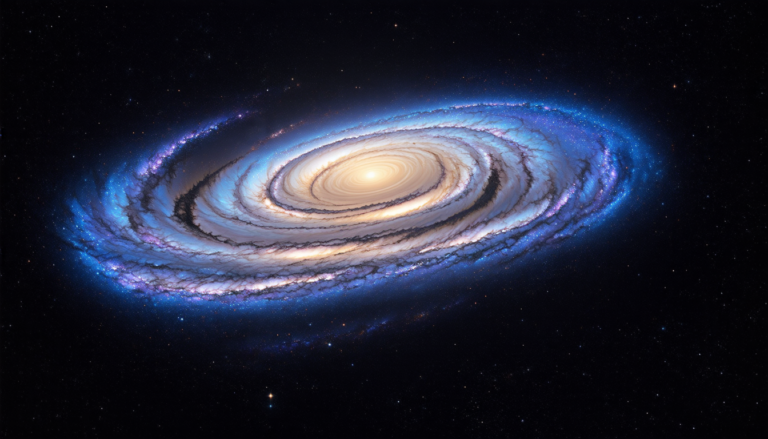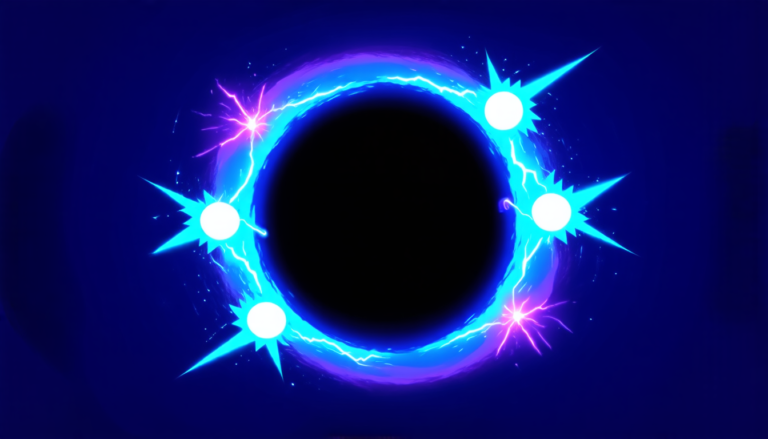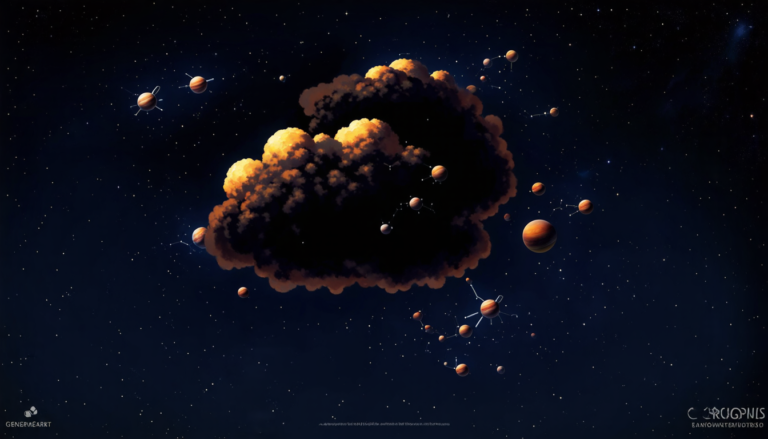Saturday 22 November 2025
Scientists have been studying solar flares for decades, but a new study published in Astronomy & Astrophysics has shed light on some fascinating phenomena occurring on our star. Using data from the Solar Orbiter spacecraft’s Extreme Ultraviolet Imager (EUI), researchers have analyzed thousands of extreme ultraviolet (EUV) brightenings, which are small-scale eruptions on the surface of the sun.
These EUV brightenings are incredibly brief, lasting mere seconds to minutes, and were previously thought to be too short-lived for detection. However, thanks to the EUI’s unprecedented 1-second cadence observations, scientists have been able to capture these events in stunning detail.
One of the most striking findings is that these tiny eruptions occur frequently on both active regions (ARs) and quiet sun (QS) regions. In ARs, which are areas of intense magnetic activity, EUV brightenings were detected approximately 11% of the time, while in QS regions, they appeared about 9% of the time.
The researchers also discovered that these events exhibit a fascinating property called quasi-periodic pulsations (QPPs), which are rhythmic fluctuations in brightness. QPPs have been observed in larger solar flares, but this study is the first to detect them in EUV brightenings.
Further analysis revealed that the periods of these QPPs range from 5 seconds to over 500 seconds, with a similar distribution seen in both AR and QS regions. The researchers also found correlations between the lifetime and spatial scale of the EUV brightenings, as well as their peak brightness.
These findings have significant implications for our understanding of the sun’s behavior. By studying these small-scale eruptions, scientists can gain insights into the underlying physical mechanisms that drive larger solar flares. This knowledge can ultimately help us better predict and prepare for space weather events that can impact Earth’s magnetic field and communication systems.
The EUI instrument is capable of capturing high-resolution images of the sun’s surface every second, making it an ideal tool for studying these fleeting events. Future studies using this data will likely continue to uncover new details about EUV brightenings and their role in the sun’s dynamic behavior.
In addition to advancing our understanding of solar physics, this research demonstrates the power of space-based observatories like Solar Orbiter. By exploring the sun up close, scientists can gain a deeper appreciation for the complex processes that shape our star and its impact on our planet.
Cite this article: “Unlocking the Secrets of the Sun’s Tiny Eruptions”, The Science Archive, 2025.
Solar Flares, Extreme Ultraviolet Imager, Eui, Solar Orbiter, Euv Brightenings, Quasi-Periodic Pulsations, Qpps, Active Regions, Quiet Sun, Space Weather







